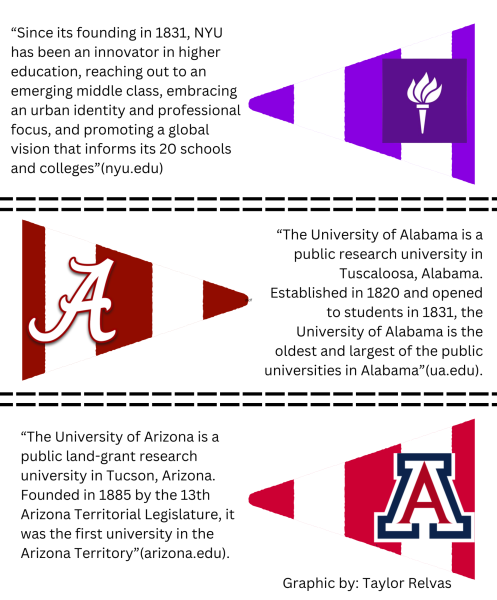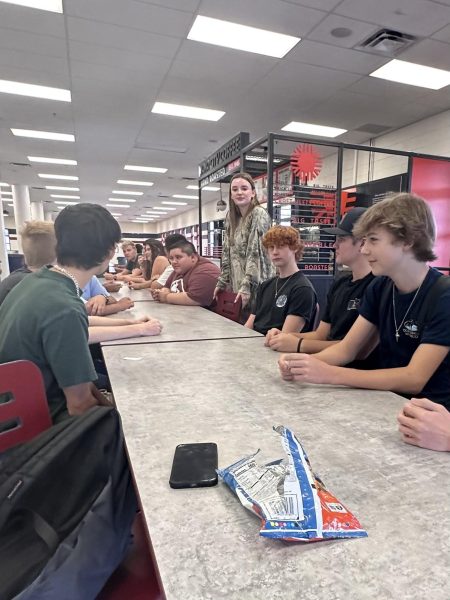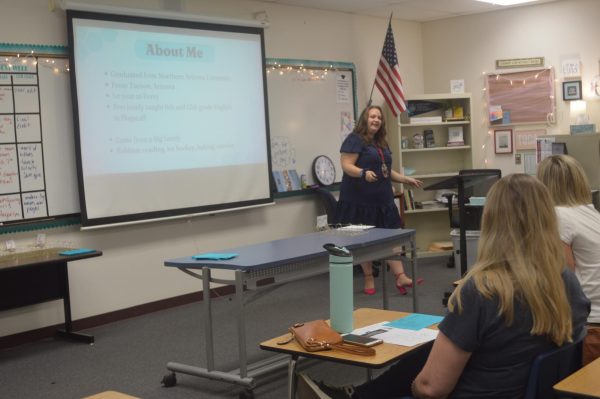School lunch is last on the agenda… and that’s okay
January 19, 2018
Some may reminisce on high school as “the best four years of your life!”
One thing that may not be missed is the infamous school lunch.
Picture the flimsy paper tray littered with gray meat, a soggy vegetable and dry sandpaper disguised as bread. It’s notoriously gross, and similarly to prison food the reputation precedes it. However; does school lunch deserve to be so tediously regulated compared to other aspects of public education?
Absolutely not.
In the U.S, 27 million children eat lunch at school annually. And while some may be focused on the number of students, the more pressing issue is how much money this costs.
The National School Lunch Program spends $13.6 billion dollars simply producing low-cost and free meals for private and public schools.
Now in comparison to the annual budget of K-12 education, at $308 billion, this meek number pales in comparison. But money in schools comes and goes quickly.
District spending fluctuates on an annual basis, but its safe to say that in-class instruction receives the most funds. Students spend the most time in classrooms, so the fact that it receives on average 70-80% of the districts budget is perfectly reasonable.
In the Chandler Unified School District, high school students eat lunch in a quick 30 minutes. There should not be large funds derived from vital departments to waste on students that ignore and trash the food on their plates.
School lunch does not receive a large percentage of the budget; but compared to its the lunch time and ranked importance, this isn’t necessarily a bad thing.
In school cafeterias, a lot of food is wasted. The Healthy, Hunger-Free Kids Act may have had good intentions, but that doesn’t mean that it’s effective. CBS reported that when the USDA opted for a higher content of fruits and vegetables on students’ plates; food waste increased by 56%. Food is hard to sell when it’s inexpensive, healthy, and desirable.
It’s pretty idealistic to assume that districts can cooperate with local farms to produce healthy and delicious food that all students will love.
Both small businesses and students benefit from this…so, what’s the problem?
Food doesn’t come cheap. In fact, the reason that schools receive the majority of their products at such a low price are the cooperations set in place between agribusiness and the government. Dairy and meat products provide quick calories and store fat and energy longer; therefore, they are the basis for most school lunches. Not to mention that the USDA is really searching for a pocket-friendly alternative.
Although it may be nice to incorporate more fruits and veggies into student meals, they perish quickly and must be served in preservatives or out of the freezer.
School lunch is good enough as it is because mushy vegetables don’t have the same appeal as a slice of pizza.




